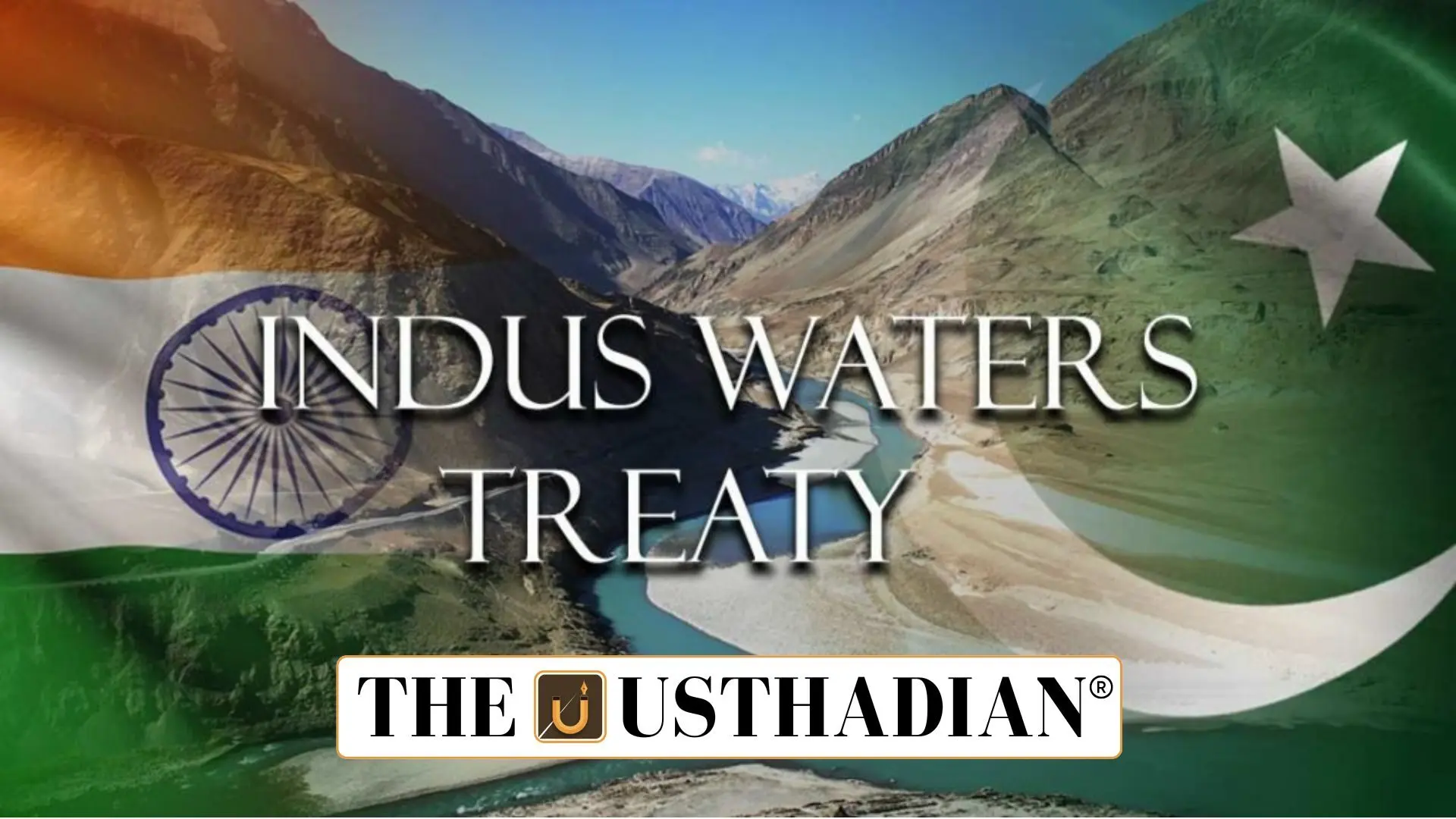Background of the water-sharing pact
India’s Indus Waters Treaty Dispute with Pakistan: The Indus Waters Treaty was signed back in 1960, with the World Bank playing a key role as mediator. This agreement divided the Indus River system between India and Pakistan. Under the pact, India got exclusive rights to the eastern rivers—Sutlej, Beas, and Ravi. Pakistan, on the other hand, was allocated the western rivers—Indus, Jhelum, and Chenab.
This setup was designed to prevent future conflicts over river water, which is crucial for agriculture, power, and drinking supply in both countries. It’s often considered one of the world’s most successful water-sharing agreements, surviving even during wars.
Projects under spotlight
The current strain revolves around two key hydropower projects—Ratle and Kishanganga, both located in Jammu and Kashmir. Pakistan believes these projects violate the treaty’s rules, especially those relating to minimum water flow to downstream areas. India, however, asserts that the designs are within permissible limits and follow the treaty’s technical guidelines.
Disagreements over these projects have been simmering for years. In 2022, the World Bank appointed Michel Lino, a neutral expert, to assess the technical and legal aspects of the issue.
India’s latest move
In June 2025, India took a bold step. It asked for the dispute resolution process to be paused, requesting the neutral expert to hold off on further evaluations. This was part of a larger diplomatic message—India wants the Indus Waters Treaty kept in abeyance unless Pakistan acts against cross-border terrorism.
This isn’t the first time India has hinted at using water as a diplomatic tool. But this time, the message was clear. India wants concrete steps from Pakistan on security issues before moving forward on water talks.
Pakistan’s reaction
Unsurprisingly, Pakistan rejected India’s request. It has maintained that the IWT is a binding agreement and that all resolution processes must continue without delay. For Pakistan, access to the western rivers is a lifeline, especially for its agricultural belt in Punjab and Sindh.
The larger picture
The situation is delicate. India’s possible plan to divert river water to other Indian states and carry out flushing activities in hydro projects adds another layer of tension. These actions, while aimed at improving India’s hydropower efficiency, are being closely watched by Islamabad.
Any disruption in this water-sharing mechanism can affect regional stability. It can also influence future treaties in South Asia, where several rivers are transboundary.
The global lens
The presence of a neutral expert appointed by the World Bank shows the importance of international oversight in bilateral treaties. His findings could impact how both countries proceed—not just on the current dispute, but on future water-related negotiations as well.
Static Usthadian Current Affairs Table
India’s Indus Waters Treaty Dispute with Pakistan:
| Topic | Key Information |
| Indus Waters Treaty Year | Signed in 1960 |
| Mediator | World Bank |
| Eastern Rivers (India) | Sutlej, Beas, Ravi |
| Western Rivers (Pakistan) | Indus, Jhelum, Chenab |
| Disputed Projects | Ratle and Kishanganga |
| Neutral Expert | Michel Lino |
| Treaty Mechanism | Dispute resolution via neutral expert or arbitration |
| Current Action by India | IWT placed in abeyance |
| Pakistan’s Stand | Opposes pause, demands treaty compliance |
| Static GK Note | Indus River originates in Tibet and flows through India into Pakistan |








